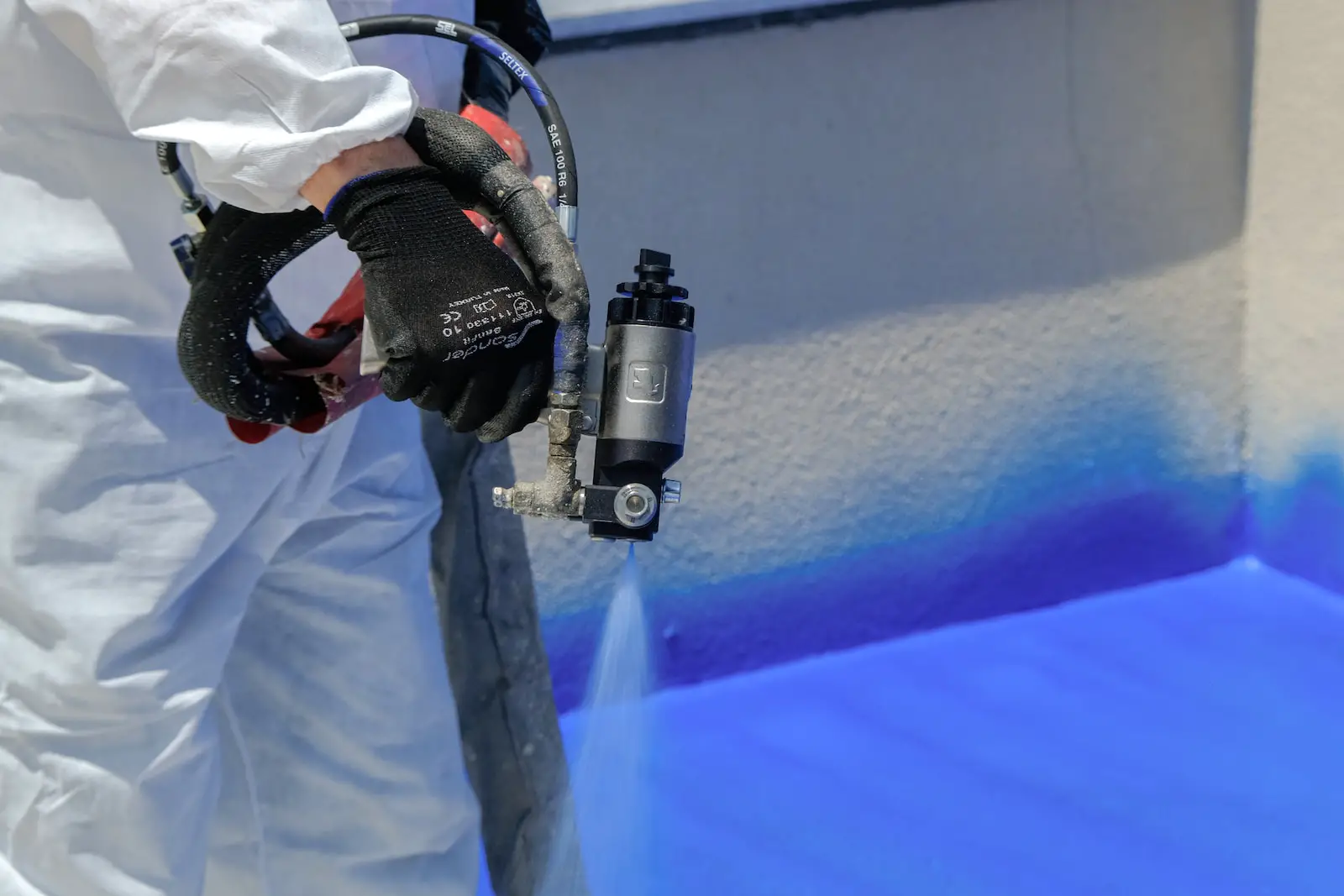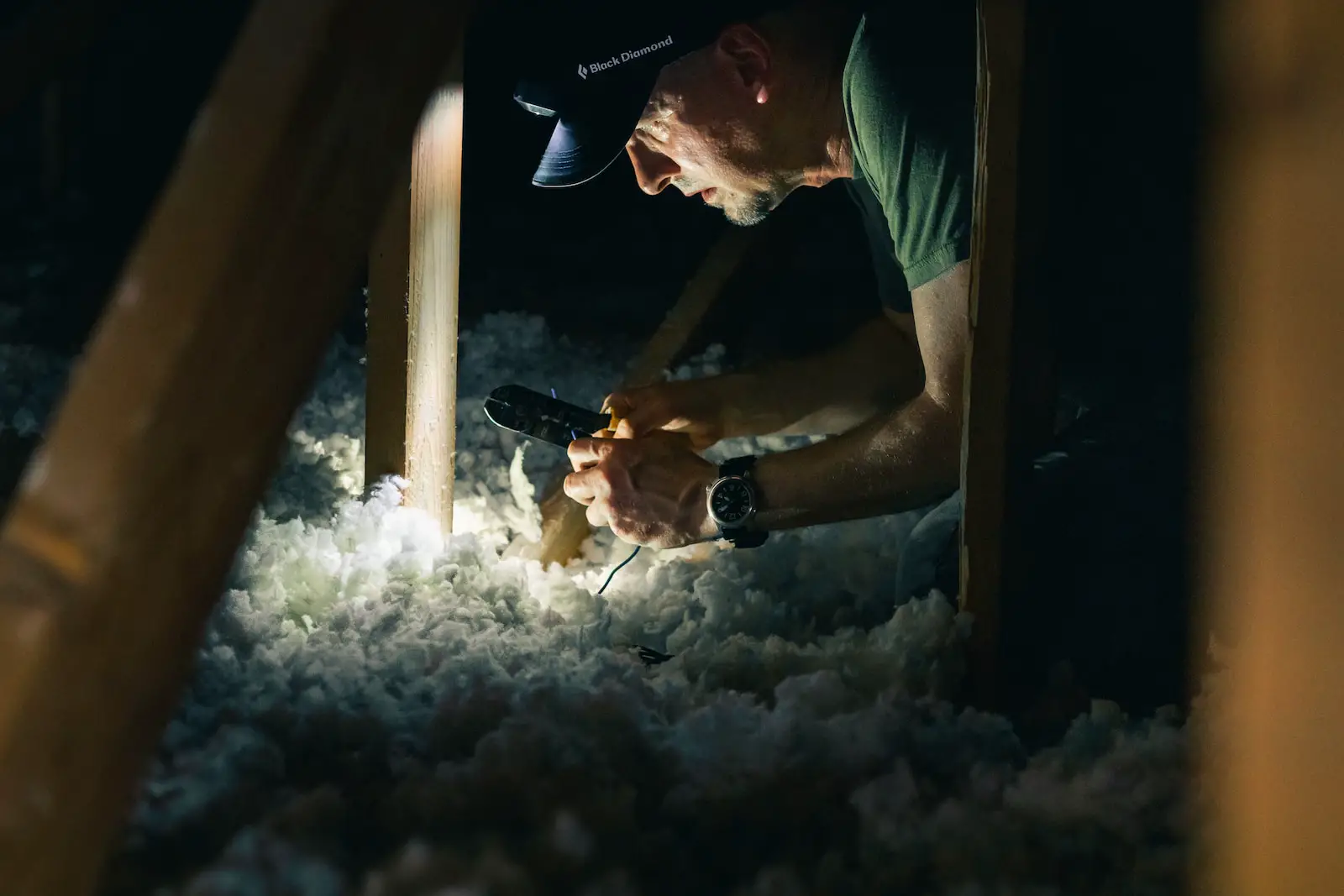Insulation: The Unsung Hero of Your Home or Building
When it comes to building homes or commercial buildings, most people tend to focus on the aesthetics – the paint colors, the flooring, the furniture. However, one crucial aspect often goes unnoticed: insulation.
Without proper insulation, a building can become a hot or cold mess, resulting in astronomical energy bills and an uncomfortable living or working environment. That’s where spray foam and fiberglass insulation come into play.
These two types of insulation have been battling it out for years over which one reigns supreme when it comes to keeping your space comfortable and energy-efficient. But before we dive into the competition, let’s take a moment to appreciate the importance of insulation itself.

Insulation is what keeps your home or building warm in the winter and cool in the summer. It works by preventing heat from escaping through walls, roofs, and floors – essentially creating a barrier between you and the outside elements.
In addition to regulating temperature, proper insulation also helps reduce noise pollution (a major perk if you live near noisy neighbors!) and prevents moisture buildup (which can lead to mold growth). Now that we’ve established how vital insulation is for any structure let’s explore whether spray foam or fiberglass reigns supreme.
Introducing Our Competitors: Spray Foam vs. Fiberglass Insulation There are many different types of insulation out there – from cellulose made from recycled newspaper to mineral wool made from stone fibers – but when it comes down to it, spray foam and fiberglass are two of the most popular options on the market today. Spray foam insulation is made by mixing two liquid chemicals together that then expand rapidly upon contact with air (think of it like a big foamy hug). The mixture forms an airtight, waterproof seal that fills every nook and cranny of the space it’s sprayed in. Fiberglass insulation, on the other hand, is made from thin strands of glass fibers that are woven together and blown into walls or attics with a machine. It’s been around for decades and is known for its affordability and ease of installation. Now that we’ve met our competitors let’s dive into the pros and cons of each option to decide which one really reigns supreme.
The Battle Begins: Installation
The Spray Foam Insulation Option
Installing spray foam insulation is not a walk in the park. It requires specialized equipment and trained professionals to get it right.
This is because, unlike fiberglass insulation, spray foam needs to be applied as a liquid and then allowed to expand and harden into a solid mass. Therefore, if you’re considering spray foam insulation for your home or building, be prepared for an involved process that may take longer than installing fiberglass.

The Fiberglass Insulation Alternative
Fiberglass insulation, on the other hand, can be done by homeowners themselves with minimal hassle. This may seem like a more appealing option but let’s face it – if you want quality results with your insulation project, DIY is not the way to go. There are many factors that need to be taken into account when insulating any space – factors that only trained professionals have the experience and expertise to consider.
Insinuating That Professionalism Wins
While DIY enthusiasts may argue that installing fiberglass insulation themselves saves money, they often overlook the fact that professional installation may lead to better results overall. For instance, professional installers have access to high-quality materials and tools which can make all the difference in terms of effectiveness and longevity of their work.
While fiberglass installation may seem like an easier option at first glance due to its simple installation process compared to spray foam options; choosing this route could lead to serious consequences in terms of effectiveness and durability. If you want your home or building insulated professionally by experts who use specialized equipment; then opting for spray foam insulation installed by professionals should be your top priority!
The Heat is On: Thermal Performance
When it comes to insulation, the main goal is to keep heat inside a building during the colder months and prevent it from entering during the hotter ones. Both spray foam and fiberglass work by trapping air in small pockets, which slows down heat transfer.

However, not all insulation types are created equal. Here’s where spray foam takes the lead.
Spray foam insulation forms an air-tight seal that can fill gaps or cracks in walls, ceilings, or floors. In contrast, fiberglass insulation can be easily compressed or misshapen, causing gaps that allow air to leak through.
This means that while you may think you’re saving money by going for the cheaper option of fiberglass insulation, you are actually letting your hard-earned dollars escape through those tiny holes in your walls! Insinuating that fiberglass may not be as effective at preventing air leakage could result in higher energy bills – something nobody wants.
If you want a truly energy-efficient home, spray foam is the way to go. Its superior thermal performance means you’ll be able to save on heating and cooling costs significantly over time while enjoying greater comfort levels all year round.
The Benefits of an Airtight Seal
Spray foam’s effectiveness at sealing gaps and cracks is due to its unique composition: it starts out as a liquid blend of two chemicals (isocyanate and polyol resin) which quickly expands into a thick foam that fills every nook and cranny. In contrast, fiberglass batts can only be cut into shapes that approximate wall cavities; they’re unable to conform precisely to irregular surfaces like pipes or wiring conduits. This leaves behind small pockets of air – perfect for heat transfer!
Additionally, unlike spray foam’s continuous barrier with no seams or joints where air might leak through if not installed correctly (and believe me when I say this type of installation requires a professional), fiberglass insulation batts can be easily compressed, crumpled, or installed in a way that leaves gaps. These gaps not only let air escape but also allow moisture to penetrate the walls, leading to mold growth and structural damage over time.
While fiberglass insulation may seem like the cheaper and more convenient option at first glance, spray foam insulation’s superior thermal performance means that it will pay for itself in energy savings over time. Plus, you’ll enjoy a more comfortable living environment with fewer drafts and no mold problems!
Let’s Talk About Safety: Fire Resistance Fire safety is a crucial consideration for any property owner, whether you’re looking to insulate your family home or a commercial building. In the event of a fire, every second counts – which is why it’s so important to choose an insulation material that has strong fire resistance properties.
Both spray foam and fiberglass insulation are rated for fire resistance, but when it comes down to it, there’s really no comparison between the two. Spray foam insulation is far superior when it comes to fire resistance.
Unlike fiberglass insulation, which can actually fuel the spread of flames if not treated with additional chemicals and coatings, spray foam acts as a barrier against heat and flames. It helps prevent fires from spreading quickly throughout a building by sealing off any gaps or cracks in walls where flames could escape.
By contrast, fiberglass batts can leave dangerous air pockets that allow fires to spread more easily. Choosing an insulation material with poor fire resistance properties could be catastrophic in the event of a fire.
Not only could it put your property at greater risk of damage or destruction; it could also put lives in danger. When you consider all the benefits of spray foam insulation – including its superior thermal performance and longevity – choosing anything else just doesn’t make sense.
Conclusion When it comes down to comparing spray foam and fiberglass insulation on key factors like installation ease, thermal performance and safety – there really isn’t much of a comparison at all.
While both materials have their pros and cons, spray foam clearly comes out on top in terms of overall value for money. Of course, every property owner will have different priorities when it comes to choosing an insulation material – but if you’re looking for long-lasting energy efficiency, peace of mind when it comes to fire safety and zero maintenance requirements over time, then there’s really no better choice than spray foam.
So why wait? Dare to compare these two popular options side-by-side, and see for yourself why spray foam is clearly the superior choice.
